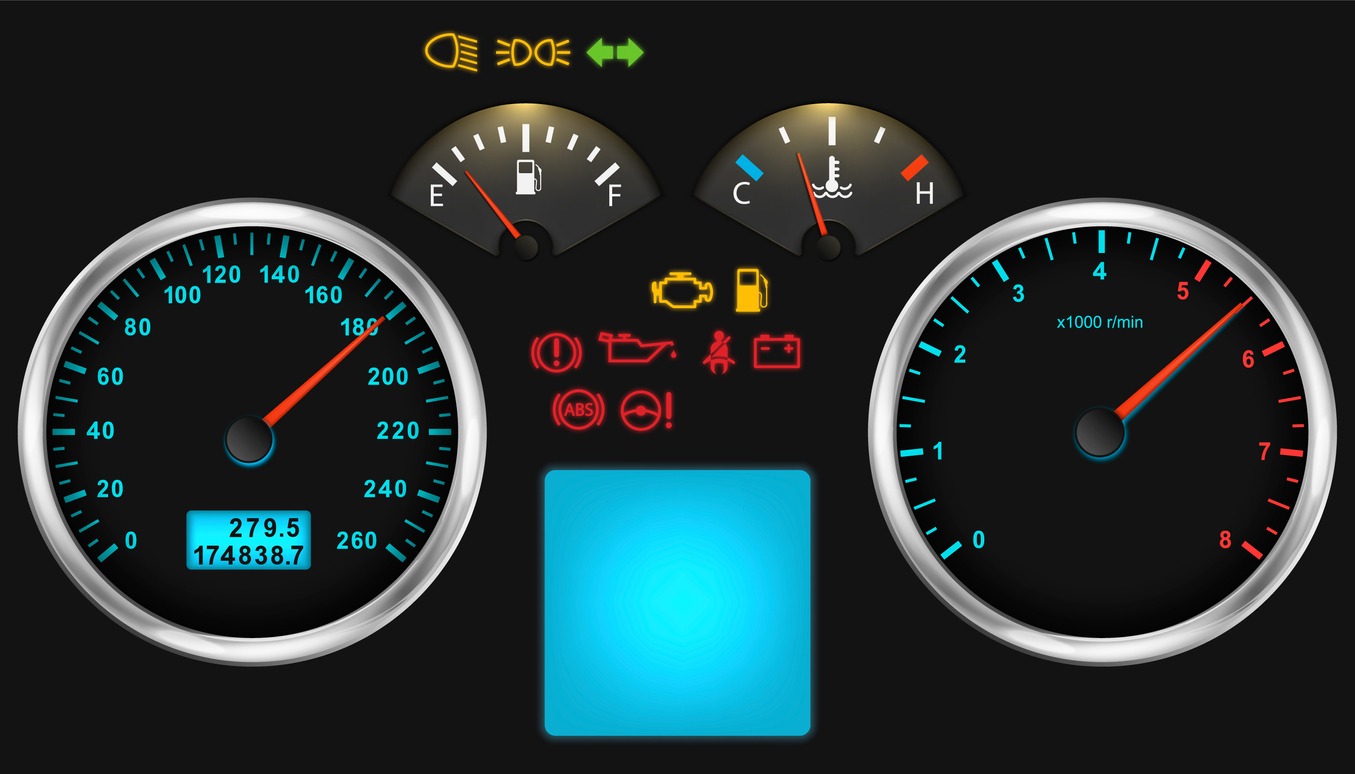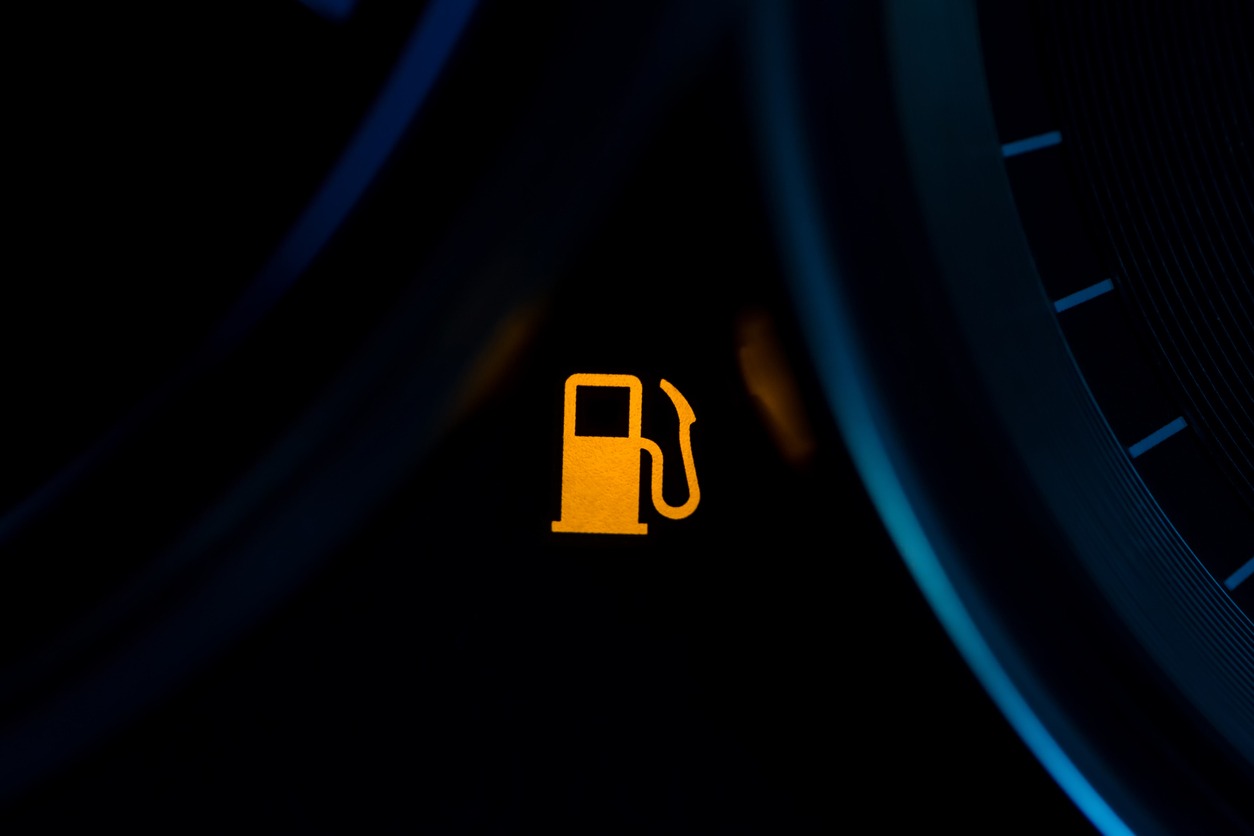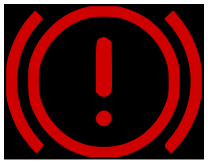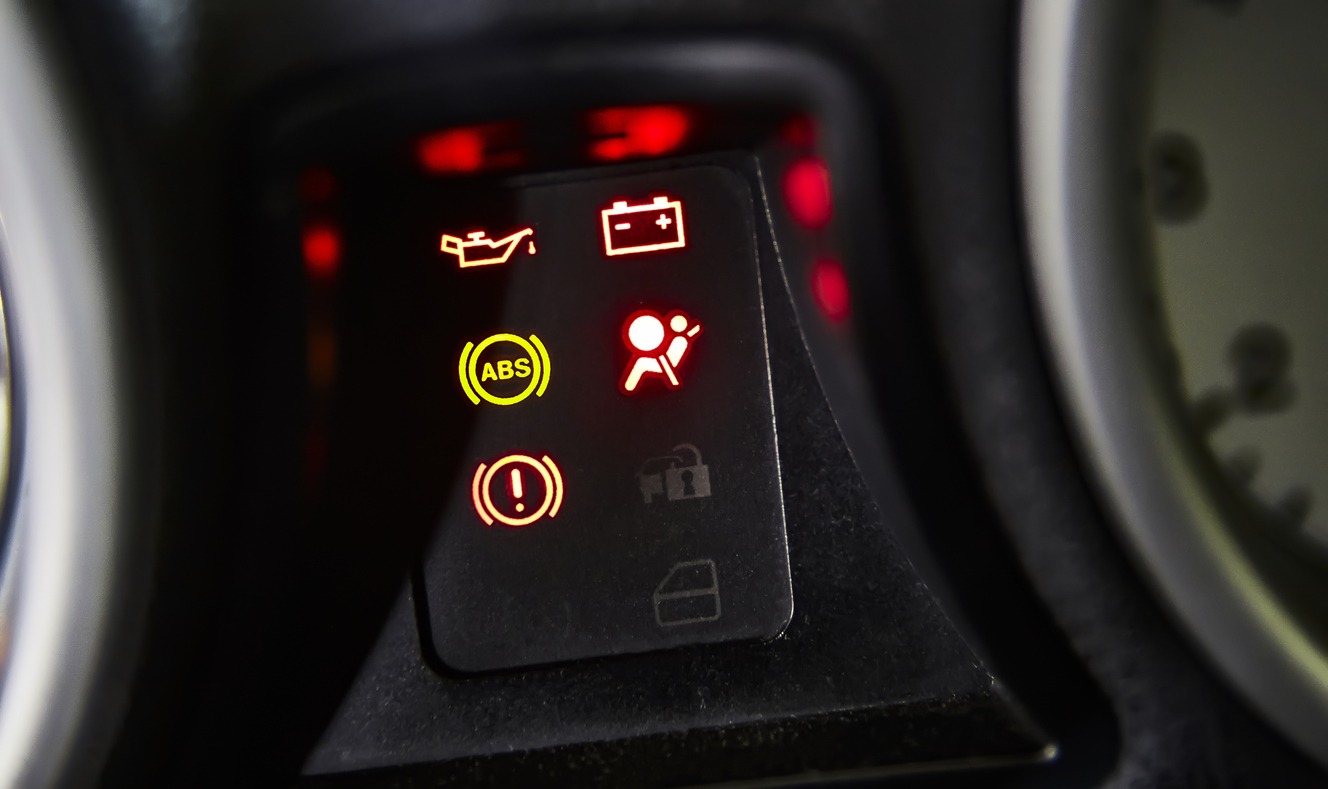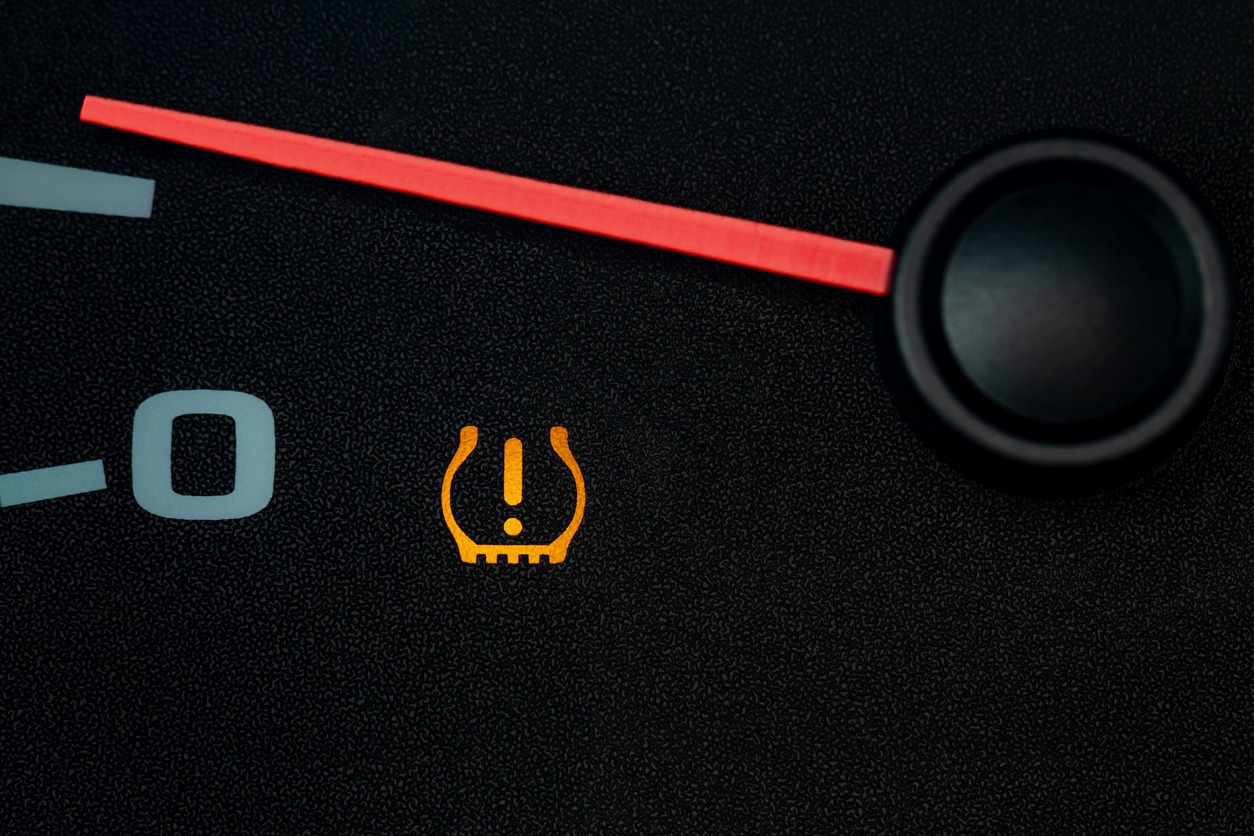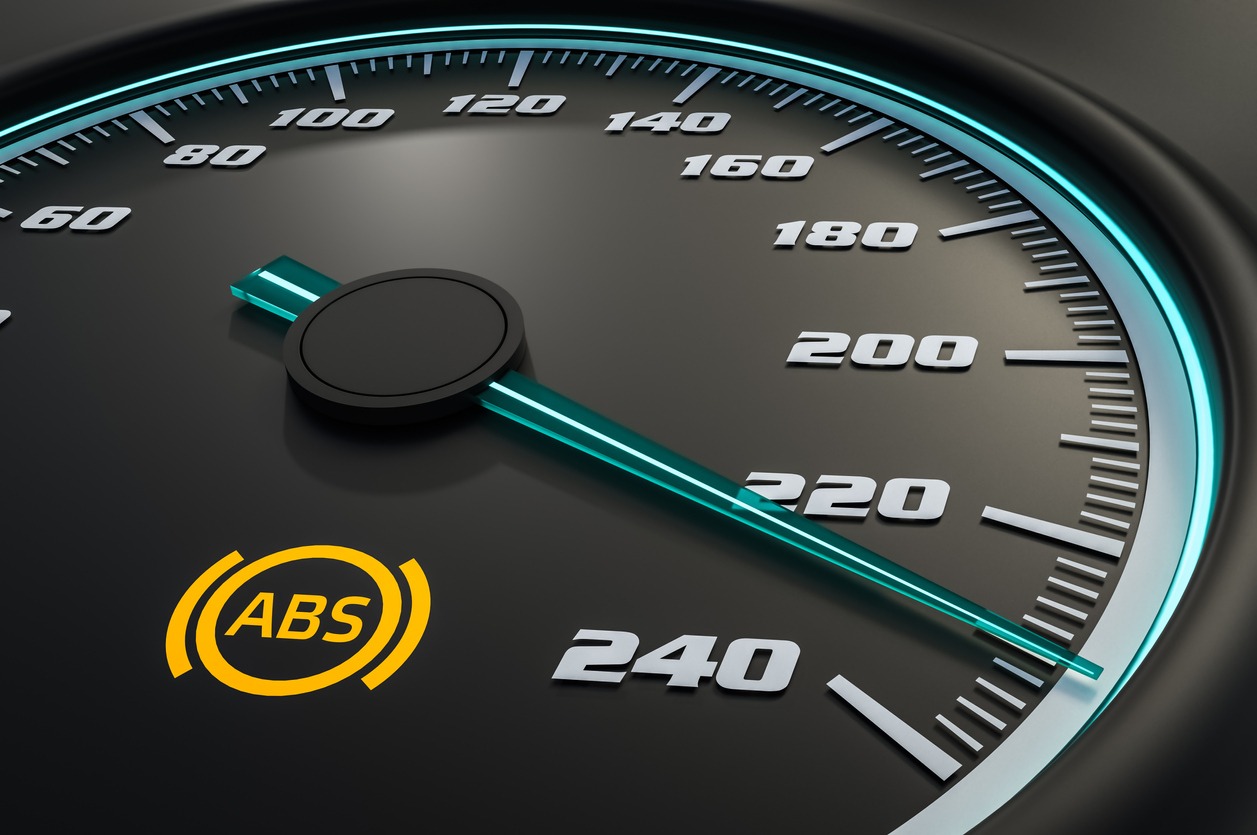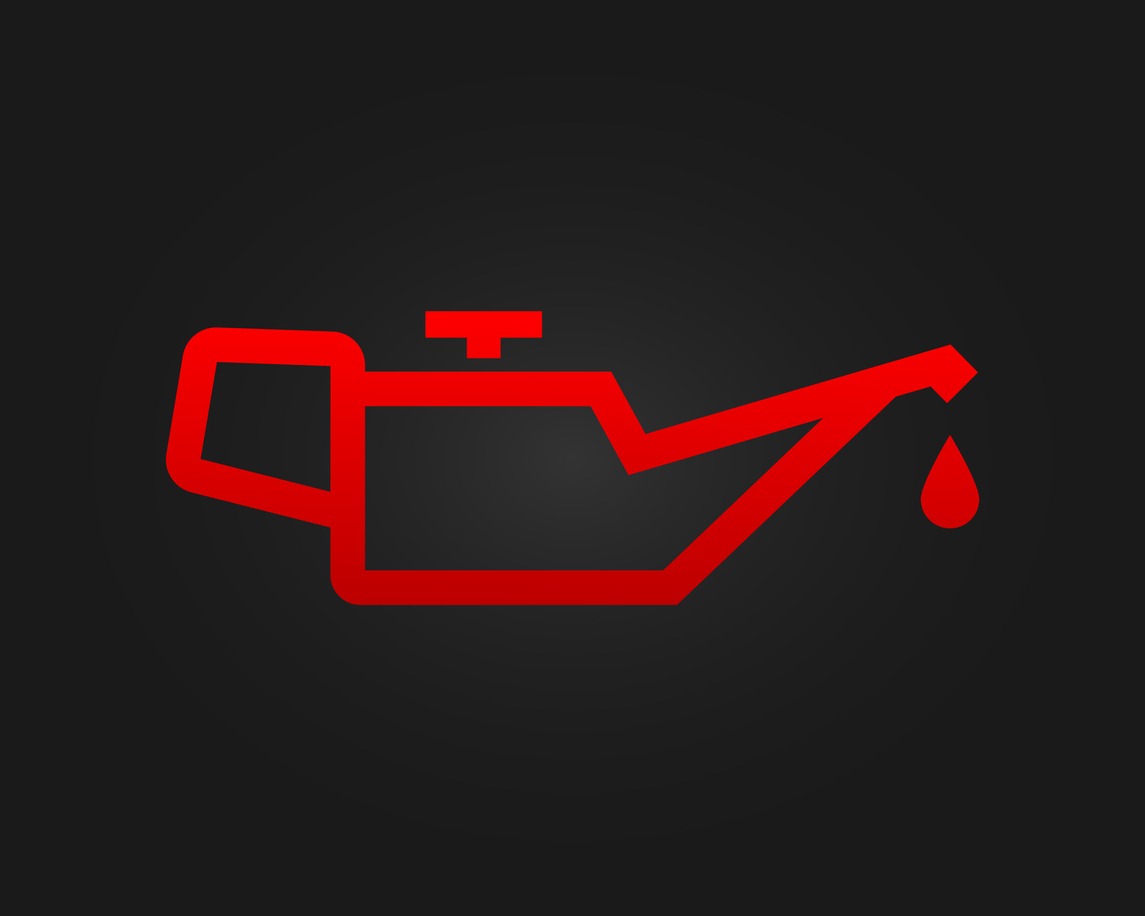No matter how reliable a car is believed to be, it is inevitable that something may eventually malfunction or cease working. Fortunately, your car’s monitoring system often detects impending issues before you do and provides warning signals. Your car dashboard is full of symbols that light up, and understanding what it means is important for your safety on the road.
Modern cars are equipped with sensors and warning lights that notify you about tire pressure levels and washer fluid levels, among other things. However, do you know the meanings behind all those little icons on your dashboard? Every car has a set of different lights on its dashboard, so understanding these symbols can be challenging.
But don’t worry—we have you covered. This guide has compiled information on some of the most common symbols on a car dashboard.
Types of Car Dashboard Symbols
Car dashboard symbols can be categorized into warning lights and indicator lights. While warning lights indicate potential issues with the vehicle or require immediate action, indicator lights are related to vehicle features, safety systems, or mechanical information. The colors of the lights also carry significance:
- Green: These lights indicate that a system is functioning correctly or in use.
- Yellow/Orange: These lights indicate a problem or malfunction that requires attention. While the issue may not be immediate, checking it out as soon as possible is essential.
- Red: Red lights demand immediate action. These warning lights represent serious and potentially dangerous problems. When a red light appears, it’s crucial to stop driving as soon as it is safe to do so.
Understanding the meaning of these dashboard lights is essential to prevent breakdowns or major failures.
Please note the following:
- Every car is different, so it may have slight variations in the symbols on the dashboard. It’s best to consult your vehicle’s owner’s manual for accurate information. If you cannot find your manual or if your car doesn’t have one, you can look for it online.
- Many dashboard lights briefly illuminate during vehicle startup as part of a system check. If they turn off within a few seconds, everything is operating normally.
Common Warning Lights on a Car Dashboard
Here’s a breakdown of what the different yellow and red warning lights on your car’s dashboard mean, why they illuminate, the level of urgency, and the appropriate action to take:
Low Fuel Indicator Light
Let’s start with a familiar one. The low fuel indicator light is a commonly recognized dashboard light. It indicates that your vehicle’s fuel level is running low.
If this symbol lights up and you still have a considerable distance to cover, it’s best not to take any chances. Weather conditions and traffic patterns can be unpredictable, so it’s advisable to find the nearest gas station and refuel right away.
Bonus tip: Many vehicles feature a triangle-shaped arrow alongside the gas pump icon on the fuel gauge. This arrow indicates the side of the vehicle where the fuel tank is located, making it convenient when pulling up to a gas pump.
Brake Warning Light
If you observe this symbol or the word “BRAKE” in red on your dashboard, it signifies that either your parking brake is engaged or there is a problem with your braking system.
The brake system comprises crucial components such as brake pads, brake fluid, and the brake lights at the rear of your car, all of which play a vital role in ensuring your safety while driving.
If you notice this light illuminated on your dashboard, stop your car to verify if the parking brake is engaged. Try to set and release the brake while the vehicle is in the park. If the light remains on even when the brake is disengaged, it is advisable to have your car towed to the nearest service center immediately.
Automatic Shift Lock or Engine Start Indicator Light
The ASL or engine start indicator light looks like a shoe, and it appears when your car is locked in neutral or park, preventing you from shifting gears or starting the ignition. You need to step on the brake pedal to release the lock and enable shifting into reverse or drive.
Ensure that you press the brake pedal before attempting to shift gears or start the ignition, depending on your intended action.
Airbag Indicator Light
The airbag indicator light, sometimes represented by the letters SRS (Supplemental Restraint System), lights up when there is a fault within the airbag system. This light indicates that the airbags may not deploy properly in the event of an accident. The issue could be related to seatbelts, airbags, the computer system, or the wiring controlling the airbags.
When this light turns on, it is crucial to address the issue immediately. Contact a professional and have your car checked to ensure that the airbag system is functioning correctly.
Seat Belt Reminder Light
The seat belt reminder light is a simple reminder for you or your passengers to fasten their seat belts. It is often accompanied by a repetitive dinging noise. It seems like it’s designed to annoy drivers and passengers into finally putting their seatbelts on!
When this lights up, all you need to do is to buckle up. If you already have yours on, ensure that your passengers fasten their seat belts. Seat belts are essential for safety during vehicle travel and have been shown to reduce serious crash-related injuries by approximately 50%, according to the CDC (Centers for Disease Control and Prevention).
Check Engine or Malfunction Indicator Light (MIL)
The check engine light, also known as the malfunction indicator light (MIL), is often overlooked but signals something important. It may appear for various reasons – from your car needing minor fixes to more serious engine problems. It could be triggered by a loose, open, or cracked gas cap, which causes fuel to evaporate. However, it can also signal more serious issues like low oil pressure or engine overheating. Some car dashboards may display the words “CHECK ENGINE” instead of a symbol for this warning.
When the check engine light appears, it is not necessary to immediately pull over and turn off your car. If you haven’t noticed any significant changes in the car’s performance and there are no unusual sounds or smells, you can continue driving for a moderate distance. However, ignoring it could worsen the damage. It is advisable to take your car in for a professional inspection as soon as possible. If you notice any unusual sounds, smells, or changes in the car’s driving performance, it’s essential to address the issue promptly.
If the check engine light is red and/or flashing, it indicates a severe problem. In such cases, you have to stop driving immediately to prevent further damage to the engine.
Remember to have the check engine light checked and the underlying problem repaired as soon as possible to avoid more significant issues and costly repairs.
Tire Pressure Warning Light
The tire pressure warning light, also known as the Tire Pressure Monitoring System (TPMS) symbol, indicates an issue with your tire pressure. If the symbol is solid, it suggests that one or more of your tires have low or high pressure. If the symbol flashes briefly upon starting the vehicle and then stays even if your tires are properly inflated, there may be a problem with the TPMS sensors.
The TPMS typically displays a warning light on the dashboard, indicating which tire or tires are affected and the amount of pressure loss. In some cases, such as with newer BMWs, you may receive a message indicating whether it is safe to continue driving.
Driving with improperly inflated tires is unsafe and can lead to tire damage and uneven wear. It is recommended to stop as soon as possible and adjust the tire pressure to the correct level. Drive to an auto repair shop so they can also inspect the TPMS sensors and provide a quote for any necessary repairs. While a malfunctioning TPMS won’t affect tire performance, it will prevent the system from alerting you about low tire pressure.
Washer Fluid Indicator Light
The washer fluid reminder light resembles the motion of windshield wipers and indicates that the washer fluid in your car is low and needs to be refilled.
Fortunately, this is a problem that can be easily addressed at home. As soon as the light illuminates, filling up the washer fluid reservoir with the appropriate fluid is recommended. It is a good practice to keep a bottle of all-season washer fluid in your garage for such occasions.
Engine Temperature Warning Light
The engine temperature warning light is designed to indicate when your engine is overheating. It can appear in different forms, such as a thermometer symbol. When you start the car, the light may initially illuminate in blue, indicating the engine is still cold. However, if it turns red, it signifies that the engine temperature has exceeded safe levels.
It can be triggered by various issues, such as low coolant levels due to leaks, a malfunctioning coolant pump, or a faulty thermostat. More severe cases may indicate significant problems like a blown head gasket or a damaged radiator.
When the engine temperature warning light comes on, it is important to take immediate action. Start by turning off the air conditioning and turning on the heater to redirect heat away from the engine and towards the passenger compartment. If this does not resolve the issue within a couple of minutes, it is crucial to pull over to a safe location as soon as possible and turn off the engine.
Allow the engine to cool for at least 15 minutes, and avoid opening the hood during this time to prevent burns from steam or smoke. While waiting, consider contacting a roadside assistance service to top off your coolant or arrange for a tow to a nearby repair shop.
Anti-lock Braking System (ABS) Warning Light
The ABS warning light indicates a problem with your car’s anti-lock braking system. The ABS system is designed to prevent the wheels from locking up during hard braking, helping you maintain control of the vehicle in slippery or emergency situations. When the ABS warning light illuminates, it suggests that the system is not functioning properly.
As the ABS is a crucial safety feature, it is important to have a mechanic diagnose the issue as soon as possible. A malfunctioning ABS system can impact your braking performance and compromise your safety on the road. While it may still be safe to drive, it is advised to exercise extra caution, maintain a safe distance from other vehicles, and drive at a moderate speed to minimize the risk of collisions.
Battery Charge Warning Light
The car’s battery runs everything electrical – the engine’s control computer, the headlights, the ignition system, and more. To keep it running, cars come with a built-in recharging system, with a warning light that turns on when the system isn’t working, when there’s a problem with the vehicle’s charging system, or when the battery is about to die soon.
It can also be caused by issues such as a loose or damaged battery cable, a faulty alternator, or other electrical faults. Signs of a potential problem include fading clock lights, dimming headlights, or difficulty starting the car.
If the battery charge warning light illuminates, it is advisable to have a professional diagnose any battery-related or electrical issues. They can inspect the battery, alternator, and electrical connections to determine the cause of the problem. It is important not to delay addressing the issue, as a failing battery or charging system may lead to difficulties starting the car or potential breakdowns.
Oil Pressure Warning Light
This warning light indicates that there’s a problem with your car’s oil pressure system. Either the oil pressure in your car is low, or you should take your car for an oil change immediately. Or your oil pump isn’t circulating enough fluid to properly lubricate the surfaces on your engine.
If you notice this warning light resembling an old-fashioned oil, you can pull over to a safe location, preferably at the nearest gas station, if possible. Losing oil pressure may result from a vehicle leak or low oil levels. Driving with low or no oil can damage your car’s engine severely, which is why you should take it seriously.
Check the oil level by using the dipstick, and if it’s low, add the appropriate oil recommended by your manufacturer. If the engine runs smoothly but the light persists, it could indicate a malfunctioning oil pressure sensor. Regardless of the reason, it’s essential to have a mechanic inspect your vehicle as soon as possible to address the low oil pressure issue and prevent potential major engine damage. Regularly checking your oil levels and adhering to recommended maintenance tips will help ensure your car’s engine stays in optimal condition.
Fog Light Indicator
The fog light indicator light simply indicates that your fog lights are turned on. Fog lights are auxiliary lights located on the front of the vehicle and are designed to improve visibility in foggy or low-visibility conditions.
If the fog light indicator light is illuminated and you do not need to use the fog lights, it is recommended to turn them off to avoid unnecessary use and prevent the bulbs from burning out. Fog lights should only be used when visibility is significantly reduced, typically less than 100 yards. It is important to consider other drivers on the road, as leaving the fog lights on unnecessarily can make it difficult for other drivers on the road to see.
Transmission Temperature Warning Light
The transmission temperature warning light indicates that your transmission is overheating. This can be caused by various factors such as low transmission fluid, worn transmission parts, excessive towing, or other issues affecting the transmission system.
When the transmission temperature warning light appears on the dashboard, it is important to pull over to a safe location as soon as possible and turn off the vehicle. Allowing the transmission to cool down is necessary before attempting to drive again. It is recommended to seek professional help by taking your vehicle to a repair shop as soon as possible to diagnose and address the underlying cause of the overheating. If the warning light persists and you have a considerable distance to travel, it is advisable to call for a tow to avoid further damage to the transmission.
Traction Control Light
The traction control light indicates that your vehicle’s traction control system is activated. The traction control system utilizes the anti-lock brake system (ABS) to monitor and regulate the speed of individual wheels. If it detects wheel slip, it applies the brakes to that specific wheel to help regain traction. This feature is particularly useful when driving in slippery conditions such as rain or snow.
If the traction control light is illuminated, it means that the system is active and helps to maintain traction. It is important to be aware of the potentially slippery conditions and adjust your driving accordingly. Continue driving, but exercise caution and be mindful of the road conditions to ensure safe and controlled driving.
Lane Departure Warning Light
The lane departure warning light is a safety feature present in many modern cars. It illuminates the dashboard and may emit a beeping sound when it detects that the vehicle is drifting out of the lane.
If the lane departure warning light comes on and you are unintentionally drifting out of your lane, correct your steering to stay within the lane. Paying attention to the road and avoiding distractions is important to ensure safe and accurate driving. However, it is normal for the light to activate when intentionally changing lanes.
Conclusion
Being knowledgeable about the dashboard lights makes it easier to identify problems and determine how quickly they need to be resolved. Familiarize yourself with the symbols by referring to your car’s owner’s manual. Additionally, learning about these symbols can help you discover hidden features your car may have.
Modern cars are equipped with advanced technology, including electronics and sensors, that continuously monitor the vehicle’s performance. While this enhances safety and reliability, it also leads to a higher number of dashboard lights and messages to comprehend. Understanding the meanings behind these lights is vital for keeping your car in good health and preventing breakdowns.
